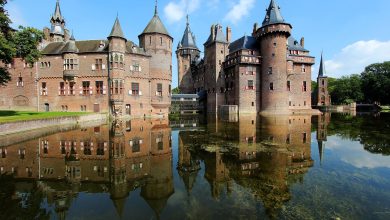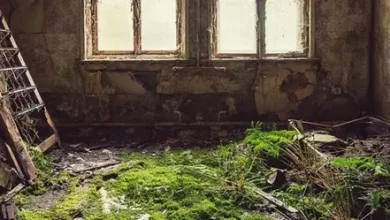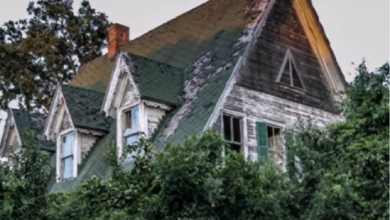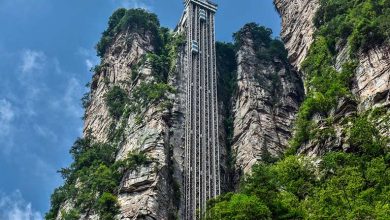Ancient Astronomy. The Cultural Context of the Twisted Gourd
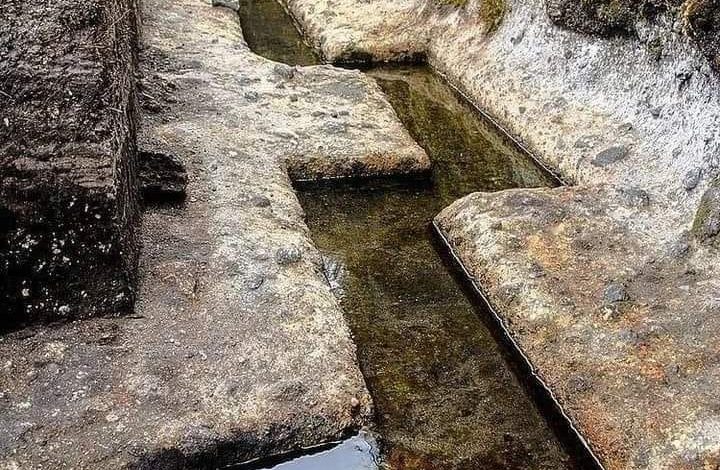
L,R: To give the development of the Twisted Gourd symbol more social context, the earliest known example of it was found at Norte Chico near Caral-Supe, the oldest civilization discovered so far in the Americas, where it was dated to 2250 BCE. The central coast of Peru and extending north to the Trujillo area was a crucible of cultural development due to the proximity of marine resources, the domestication of cotton, and the development of trade items such as fishing nets (Shady, R.S., 2015). Monumental pyramid construction in these preceramic traditions was accompanied by special sites designed for sky viewing between 2220- 2000 BCE at Buena Vista, the oldest astronomy observatories in the Americas (Benfer et. al. 2007:table1) and about 60 miles north of Lima. Note the stepped triangle, the magical law of pars pro toto where a part signified the whole, and in this case the stepped triangle signified the ancestral Mountain/cave at the heart of Twisted Gourd symbolism.
In the image on the left (Benfer et. al, 2007:fig.10) are seen stepped frets and stepped triangles, the design elements of the Twisted Gourd, aligned to sunset on the June solstice. Throughout the Temple of Zorro (right) the stepped fret was employed to create angles of light and shadow aligned with a horizon marker (ibid., fig. 13) in an area designed for offerings to the nature powers. Nearby were drawings of what appeared to be a llama with a fox inside, which raises the possibility that these astronomers by that early date may have identified what it still recognized by contemporary Andeans as the form of a mother llama in the Milky Way as a dark-cloud constellation (see Figure 2), and Benfer also associated a celestial feature with the fox (ibid.:fig.32). Similar stepped triangles found in another area of the site were associated by another investigator with Kon, a god of thunder (Sullivan 1996:89). These findings suggest that the stepped fret and stepped triangle of the Twisted Gourd were associated from the beginning with astronomy, ritual, and a powerful priesthood that used a combination of architecture and astronomy as part of a visual program that folded multiple concepts associated with the circulatory universe into Twisted Gourd iconography.
This also may have included using canals as the context of performance ritual that demonstrated priestly knowledge of both astronomical and engineering aspects of the circulatory universe and their correlation. Evidence supporting this idea comes from Rick’s work with the underground canal system at Chavin de Huantar and his idea of extending the meaning of the ancient Andean tinkuy to include a water ritual centered on an artificial underground water system. Tinkuy means “meeting, encounter,” but the meeting can be a violent encounter, such as when a wall of water hits a manmade, stone-lined canal. The extraordinary water monument at Cajamarca, the Cumbemayo Canal ca. 1500 BCE, used Twisted Gourd forms– the stepped fret and stepped triangle– in its visual program as well as in the structural engineering used to create diversions that controlled the flow of water over its length of 9 km. There can be little doubt that the water serpent was associated with that canal and the way it was designed to deliver water downstream.
At Buena Vista ca. 2000 BCE we see the same forms used to mark celestial events during a period of time known to be associated with the rise of irrigated cotton in the Supe River Valley to establish the earliest civilization in the Americas and the first appearance of the Twisted Gourd symbol. The similarity of forms that run through the visual narrative, ritual, and the built landscape (huacas, canals, roads)– all associated with priestly authority and the Twisted Gourd symbol set– suggests that how astronomy was conducted was as important as the sun, rain stars, and dark-cloud constellations the various astronomy tools tracked. Of course having a joint astronomy center-ceremonial site like Buena Vista suggests that a play of light and shadow such as would be created by the structures in fig. 10 was intended as a convincing aspect of ritual that involved spectators leaving their offerings timed to a solstice event. But more than that, the use of the same symbolic forms in such different venues points to the idea that the original water cult was equally interested in the complementary celestial/terrestrial rivers/canals and their own engineering and astronomical prowess as the source of an informed authority.







